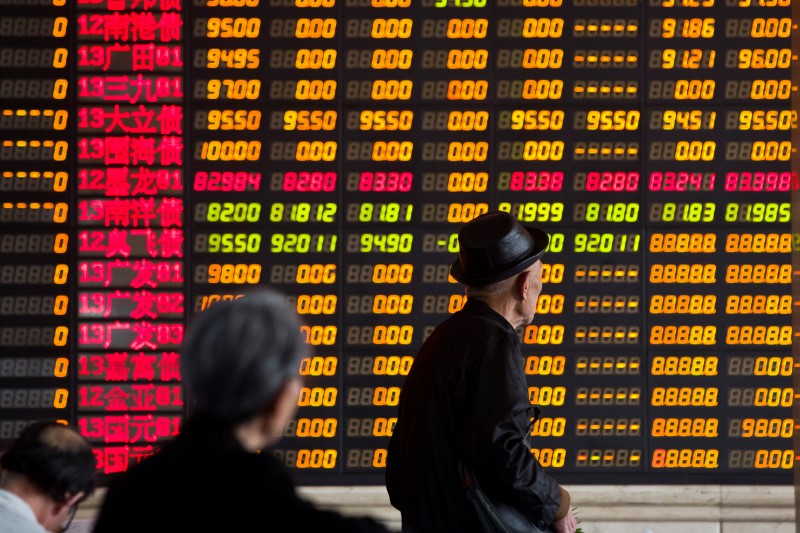This post was originally published on this site

But losses in Chinese stocks were somewhat lesser than their peers, as gross domestic product data showed the country’s economy grew more than expected in the first quarter.
Still, the mood remained largely risk-off, especially as stronger-than-expected U.S. retail sales data spurred increased fears of sticky inflation and higher-for-longer interest rates. Wall Street indexes fell sharply on Monday, while U.S. stock index futures also fell slightly in Asian trade.
China’s Shanghai Shenzhen CSI 300 and Shanghai Composite indexes fell 0.5% and 1%, respectively, as data showed Q1 GDP at 5.3%- more than expectations for growth of 4.8%, while also picking up from the 4.8% seen in the prior quarter.
Hong Kong’s Hang Seng index fell 1.5%.
Tuesday’s reading showed that the Chinese economy was on track to meet the government’s 5% annual GDP target, especially amid sustained stimulus and some improvements in consumer spending.
But other data suggested that momentum may be waning in the Chinese economy. Industrial production grew less than expected in March, as did retail sales.
Still, Chinese stocks were sitting on some gains over the past two months, as they recovered from five-year lows hit in January. Goldman Sachs analysts said in a recent note that they expected more upside, albeit in select sectors only.
Broader Asian stocks fell sharply as sentiment remained dour. Markets were awaiting an Israeli response to a large-scale strike by Iran over the weekend- which could trigger a broader war in the Middle East.
Japan’s Nikkei 225 index slid 1.9%, while South Korea’s KOSPI tumbled 2.4%. Australia’s ASX 200 shed 1.7%.
Futures for India’s Nifty 50 index pointed to a weak open, with Indian stocks vulnerable to more profit-taking after hitting record highs last week.
Fears of higher-for-longer U.S. interest rates were by far the biggest pain point for Asian markets.
Focus was now on an address by Federal Reserve Chair Jerome Powell, due later on Tuesday, for more cues on interest rates.
The address comes after a series of hotter-than-expected inflation readings last week. This was topped off by stronger-than-expected U.S. retail sales data on Monday, which further underpinned inflation expectations.
This trend saw traders aggressively price out bets that the Fed will begin cutting interest rates in June, presenting prolonged rate pressure on stock markets in the coming months.

